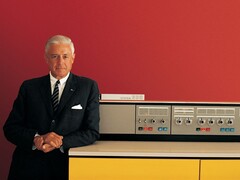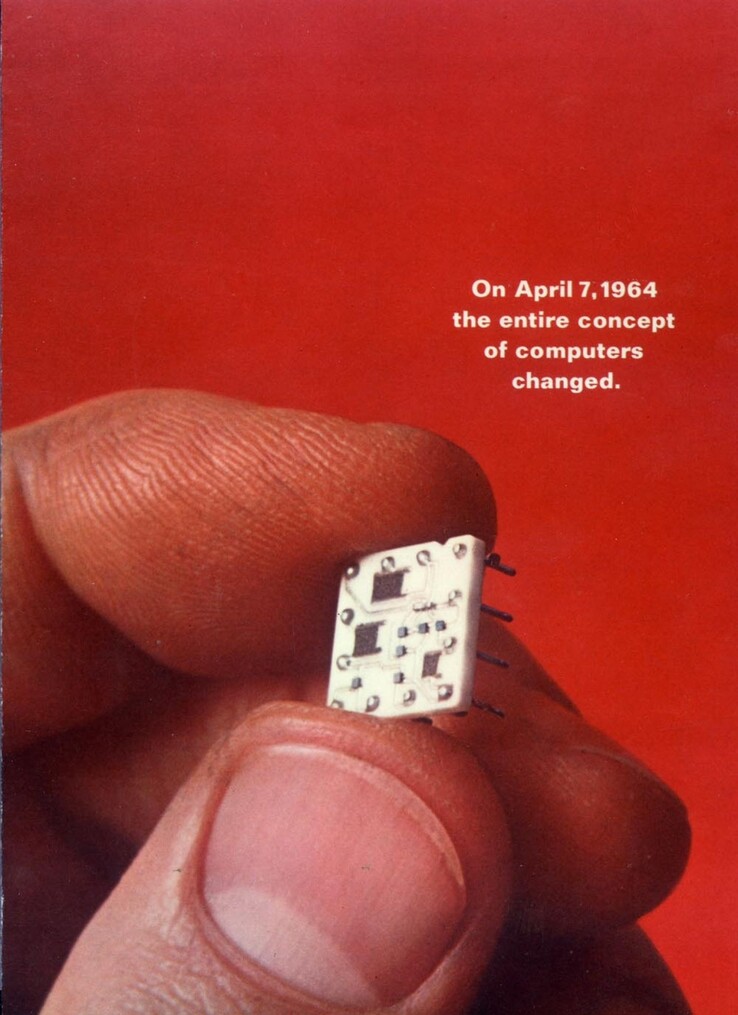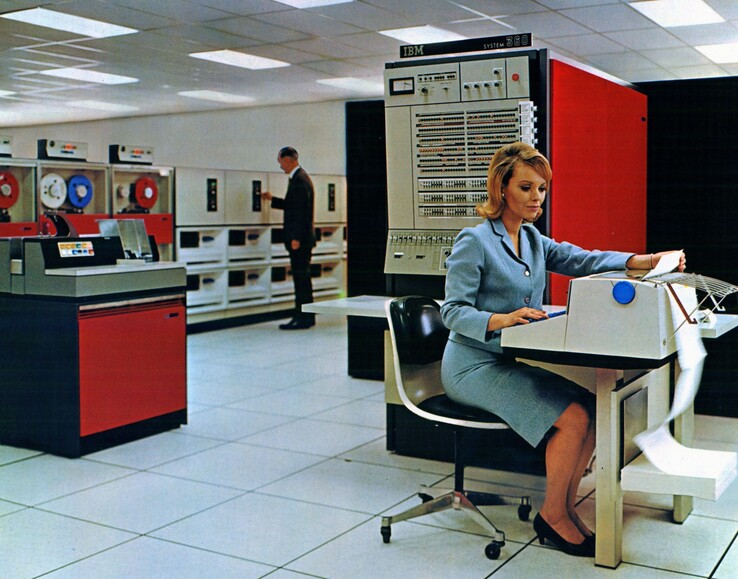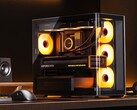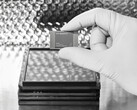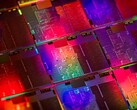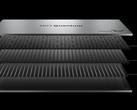Once upon a time, 60 years ago, IBM (International Business Machines) presented a computer architecture that was revolutionary at the time: the IBM System/360. The IBM System/360 was officially unveiled on April 7, 1964, when modern PCs and server technology for supercomputers were still unthinkable.
Decades before Windows, 3.5-inch hard disks, CDs or SSDs, IBM had been developing a computer architecture since 1961 that the company referred to as the "5 billion dollar gamble". An investment that would either secure IBM's future or destroy the company's specialized computer business. At that time, IBM was producing computers specifically for one application (to put it simply). Upgrades were expensive and required lots of resources.
Ample 8 KByte of RAM as a minimum
But the bet paid off and IBM's System/360 became a success with what are now absurdly puny performance figures by today's standards. The RAM? From 8 KByte as the minimum up to a luxurious 524 KByte as the maximum. This was actually a lot.
To put this into perspective: the Atari 2600 console, which appeared over a decade later, had just 128 bytes of RAM. Yes, that's right, 128 characters for the RAM. It wasn't until a few years later that so-called "superchips" in the cartridges made it possible to multiply the RAM. And even then, 20 years later, the basic configuration did not even come close to IBM's System/360.
As IBM writes on its Heritage page, five previously incompatible systems were replaced with a standardized software-compatible architecture. IBM was able to sell these well for a long time, but this was to come to an end. The name 360 was intended to emphasize the new and compact all-round solution. At the same time, the architecture ensured that the 8-bit byte would become well established.
The new platform contained five processors and 54 peripheral devices. At the same time, it could access up to 8 MB of memory - or 8 million characters that could be stored, as it was called at the time. Today, this is not even enough for a single RAW image from a modern digital camera.
1000 systems ordered in the first month
According to IBM, the 5 billion dollar bet paid off quickly. An impressive 1000 mainframe systems were ordered in the first month after launch. The new system had great advantages for companies, as they were able to buy a smaller system and expand it as required. This virtually made software reprogramming redundant overnight. In 1970, the System/370 finally appeared as the successor, bringing improvements to the System/360 and being backwards compatible with it. By 1989, IBM's success meant that half of its turnover was attributable to the System/360.
An entire ecosystem soon emerged as many companies began to develop their own accessories for the System/360. Almost 20 years later, IBM repeated this concept in 1981 with the launch of the IBM PC, a device that is now an everyday item in many households, whether as a desktop, tower or notebook. Other home computers were also created that were not IBM PC compatible.
It was only the development of powerful smartphones and tablets that put a damper on the classic computers, because with additional input devices, some were then able to do without the classic designs.
The once well-known IBM is now "just" a specialist. Most people still have an indirect connection with IBM at most. Things were also different when IBM dominated and controlled the business as a PC giant. However, the IBM Thinkpads have long been Lenovo's product, even if the design team in Yokohama, Japan, showed that the roots still lie at IBM on the 25th anniversary of the Thinkpads. In Japan, the Thinkpad was created as a kind of bento box and there is even a Japanese Lenovo website that describes the Yamato Research Lab.


